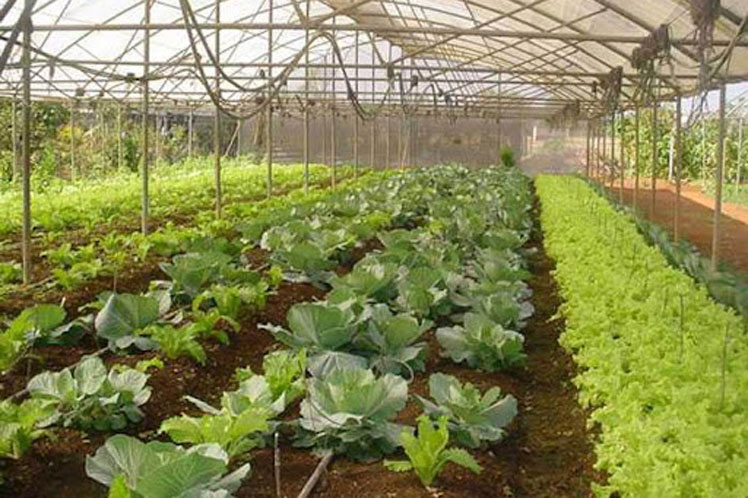Milagros Alfonso, from the Meteorology Center of the western Cuban province of Matanzas (CPMM), added to the aforementioned adversities the threat of rising mean sea level for farmland and drinking water.
To face this reality, he stressed, the Life Task, a plan of the Cuban State to Confront Climate Change, was established, which includes actions from agrometeorological science that help producers, cooperatives and individual farmers in their agricultural work.
‘In Matanzas we have direct intervention areas related to the meteorological stations of coastal areas to develop adaptation measures for the crops in the various sowing and gathering seasons,’ explained the CPMM specialist. Alfonso pointed out that the Matanzas demarcation is the most vulnerable in the country because it has low or very low coasts, while drinking water comes mainly from underground aquifers.
‘In all these processes, the inclusion of meteorological data is vital, hence the intention of sending it directly to the producers according to the particularities of each region,’ she specified.
Agroecological practices and principles are added to this strategy, added Yuván Contino, a researcher at the Indio Hatuey Experimental Station, located in the center of the Matanzas region.
Contino specified that ‘using these methods has allowed sustainability in productions, greater quantity of animal feed, improvement of soils and generating renewable energy.’
Bioprepared with plants, algae, fish remains and rock dust that provide nutrients, improve the quality of crops and prevent the appearance of diseases are other elements used, he added. These benefits, he stressed, come from the application of science in the agricultural branch, an activity that mostly takes place outdoors and under the current conditions of climate change.
ef/mem/wap/gdc










